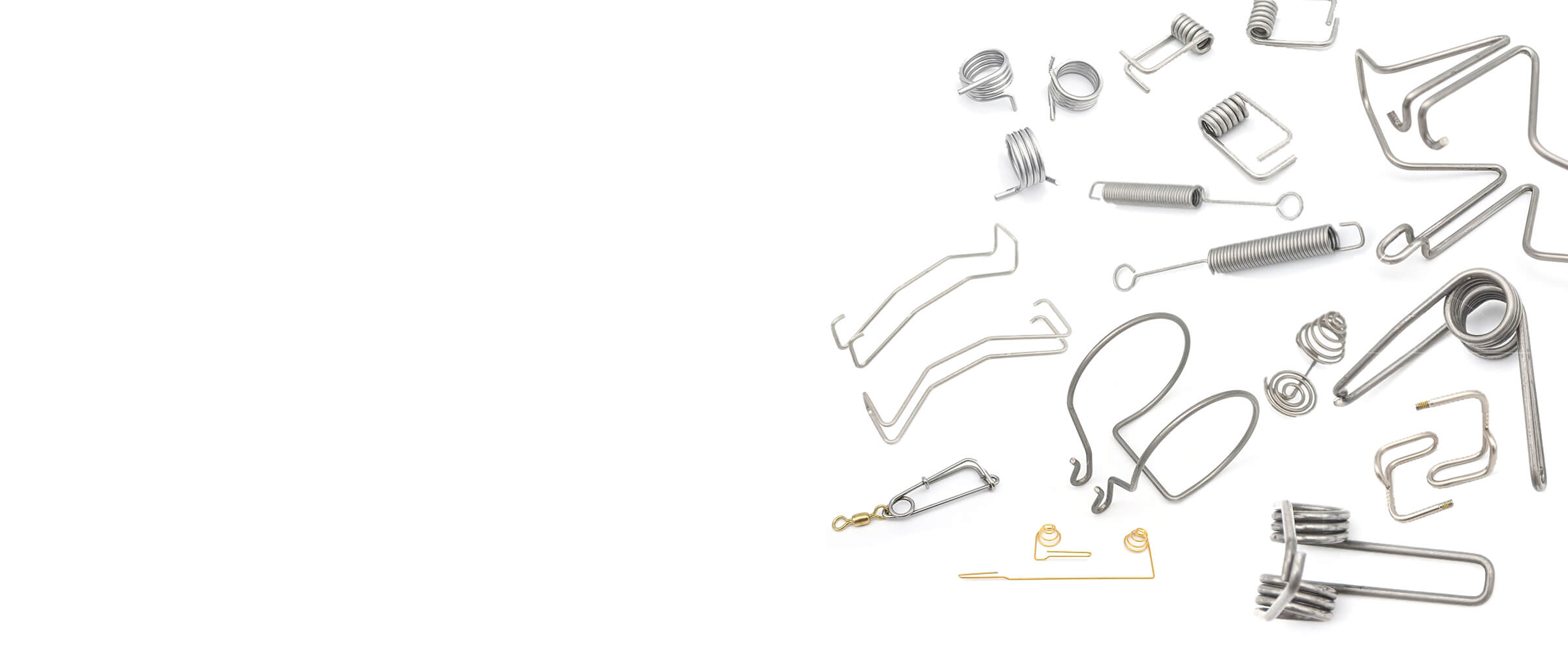Get unique, complex parts easily. No matter your requirements, Chaoyi Spring creates hard-to-produce coil springs and wire forms.
Let us help you create the custom wire form you need, from S-hooks and J-hooks to utility hooks and more.
We work closely with customers across a wide range of industries, helping them design and manufacture made-to-order parts.
Why choose Chaoyi Spring? We prioritize customer-focused collaboration, modern equipment and the latest technology to make your parts per print.
Find the information and guidance you need, from measuring a spring to learning about materials, placing an order and much more.
A garage door tension spring is an essential component that helps balance the heavy weight of the door, making it easy to open and close. These springs are under high


A garage door tension spring is an essential component that helps balance the heavy weight of the door, making it easy to open and close. These springs are under high tension and pose a serious safety risk if not handled properly. This article will delve into the intricacies of garage door tension springs, covering their function, types, replacement considerations, and crucial safety tips. Whether you're a homeowner looking to understand your garage door system better or a DIY enthusiast contemplating a spring replacement, this guide provides valuable information.

Garage door tension springs are the unsung heroes of your garage door system. They work tirelessly behind the scenes, ensuring smooth and effortless operation. These springs are typically located above the garage door tracks, coiled tightly and under significant tension. Their primary function is to counterbalance the weight of the door, reducing the effort required to lift and lower it. Without properly functioning tension springs, opening and closing the garage door would be a strenuous and potentially dangerous task. Imagine having to manually lift and lower a heavy door – not only would it be difficult, but it would also increase the risk of injury.
Garage door tension springs come in two main types: torsion springs and extension springs. Understanding the differences between these types is crucial, as they have distinct characteristics and require specific installation techniques.
Torsion springs are typically found on newer garage doors. They are located above the door on a shaft, and they work by twisting as the door is raised or lowered. Torsion springs are known for their durability and longevity, and they are often considered safer than extension springs due to their enclosed design. They typically have a lifespan of around 10,000 cycles, which translates to several years of use. This makes them a good investment in the long run.
Extension springs are usually found on older garage doors. They are located on the sides of the door, extending and contracting as the door is raised and lowered. While extension springs are less expensive than torsion springs, they have a shorter lifespan and can pose a greater safety risk. They typically last for around 5,000 cycles, which translates to a shorter lifespan compared to torsion springs. Additionally, extension springs are exposed, making them susceptible to wear and tear, and potentially dangerous if they break.
It's essential to recognize the signs that your garage door tension springs are nearing their end of life. Ignoring these signals can lead to unexpected failures, potential injuries, and costly repairs. Watch for these telltale signs:
Replacing garage door tension springs is a complex and potentially dangerous task that requires specialized skills, knowledge, and tools. While some homeowners may be tempted to tackle this project themselves, it's strongly recommended to hire a qualified professional. Here's why:
If you're determined to replace the springs yourself, it's imperative to thoroughly research the process, gather the necessary tools and safety equipment, and prioritize safety throughout the entire process. Consider taking a course or seeking guidance from a professional before attempting a DIY spring replacement.
Garage door tension springs are inherently dangerous, and it's crucial to prioritize safety when working with them. Here are some essential safety tips to keep in mind:
Garage door tension springs are a vital part of your garage door system, ensuring its smooth operation and safeguarding your safety. Understanding the different types, recognizing the signs of failure, and prioritizing safety are essential for maintaining a functional and secure garage door. While DIY replacement is possible, it's strongly recommended to hire a professional for this task, especially for torsion springs. By following these guidelines, you can keep your garage door operating efficiently and prevent potential accidents.
Remember, safety should always come first when working with garage door tension springs. If you have any doubts or concerns, don't hesitate to call a professional. A well-maintained garage door not only adds convenience but also enhances the security and value of your home. By prioritizing regular inspections, professional maintenance, and responsible handling, you can ensure your garage door continues to serve you reliably for years to come.
Browse some of the custom wire forms and springs that we manufacture. Don’t see what you need? We specialize in made-to-order products that meet your application requirements.
Visit Our GalleryNeed a custom wire form or coil spring? We make it work. Fill out the contact form and a representative will respond within 1 business day. If you have a PDF or CAD file, you can submit to request a quote.